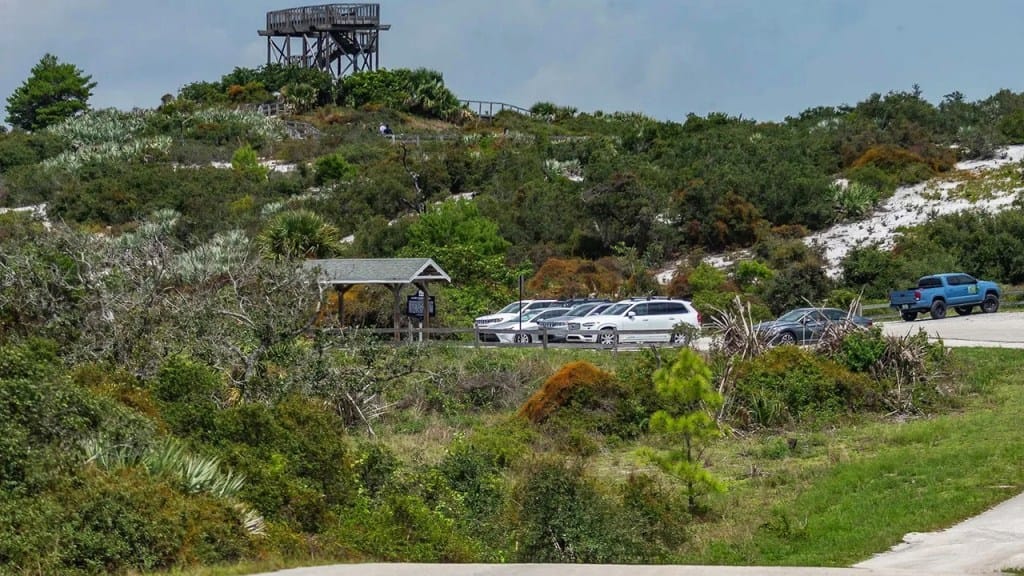A controversial proposal to convert sections of several protected Florida State Parks into golf courses, lodges, and other non-traditional park amenities has sparked opposition after the surprise announcement of the “Great Outdoors Initiative” by the Florida Department of Environmental Protection. One of the most prominent changes proposed is the addition of 45 holes of golf to Jonathan Dickinson State Park, an 11,500-acre park in Martin County.
The plans, initially leaked and then released on social media, include no detailed description of the golf courses but feature a map showing the proposed areas within Jonathan Dickinson State Park that could be converted. This sudden announcement without public input has caught many by surprise, including U.S. Rep. Brian Mast, who expressed shock at the lack of forewarning.
Governor Ron DeSantis’s office responded to the criticism, stating that the proposed changes aim to enhance public access and utilization of the parks. This is not the first time golf has been proposed in Jonathan Dickinson State Park, with similar plans in 2011 quickly dismissed due to public backlash.
Florida is home to over 1,300 golf courses, making it a prominent golfing destination. The state operates 175 state parks of varying sizes and environments, offering amenities such as campsites, cabins, and trails to minimize human impact while providing recreational and educational opportunities. The proposed changes also include introducing pickleball, disc golf, paddling, and lodges with up to 350 rooms at various parks around the state.
Public meetings have been scheduled by the DEP to discuss the proposed changes, but critics argue that the limited one-hour, in-person-only meetings with three-minute speaking limits are insufficient for meaningful input. Governor DeSantis’s press secretary emphasized that multiple phases of public discussion will occur to evaluate stakeholders’ feedback before any final decisions are made.
The controversy surrounding the “Great Outdoors Initiative” highlights the potential changes to the Park Service’s historic mission if the proposals are enacted. The push for more visitor-friendly amenities within state parks could alter the traditional focus on conservation and minimal human impact.
In conclusion, the proposal to convert sections of Florida State Parks into golf courses and other amenities has sparked opposition due to the lack of public input and potential changes to the parks’ missions. The debate surrounding the proposed changes underscores the balance between enhancing public access and recreational opportunities while preserving the natural environment and historic mission of the state parks.


